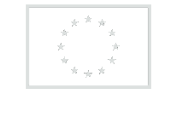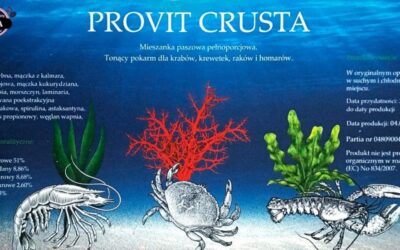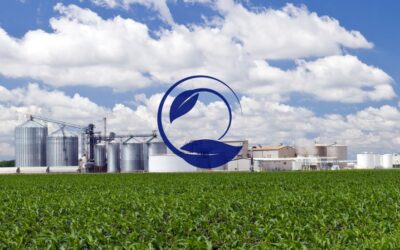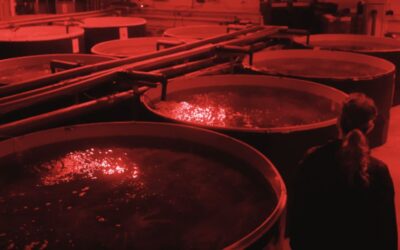Why seaweed?
Marine algae are a source of unique biologically active compounds, but the commercial use of macroalgae still does not fully reflect their potential.
What problems arise from harvesting seaweed?
► Currently, the main source of obtaining macroalgae in Europe is their natural environment, which involves interference with marine ecosystems. Harvesting algae negatively affects biodiversity, as they are the main source of food for many animal species and their natural habitat.
► The cultivation of macroalgae in Europe hasn’t been fully regulated by law, and the high cost of their production technology limits the development of this economic sector to a few European countries.
► Due to their strong bioremediation properties, macroalgae accumulate large amounts of heavy metals and other toxins. An additional limitation is the seasonal variability of biomass, as its biochemical composition depends mainly on the breeding conditions.
Seasonal variability, contamination with heavy metals and other compounds, and other concerns limit the use of macroalgae in many industries. There is therefore a need to develop alternative methods of their production.
What is our solution?
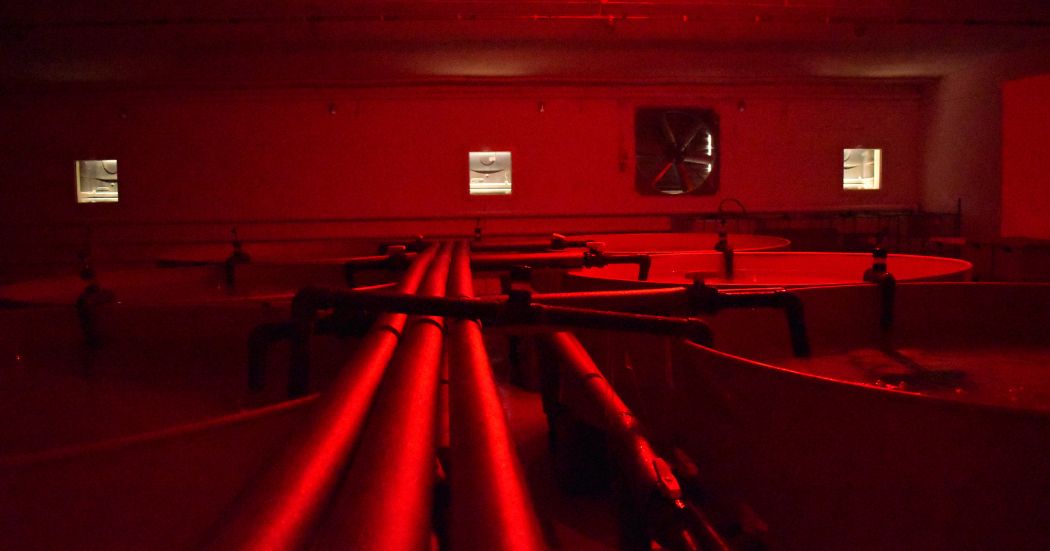
The solution is to use RAS (Recirculating Aquaculture Systems) for the cultivation of macroalgae, combining the cultivation of algae with the breeding of aquatic animals, which will significantly improve the profitability of production and minimize the impact on the natural environment.
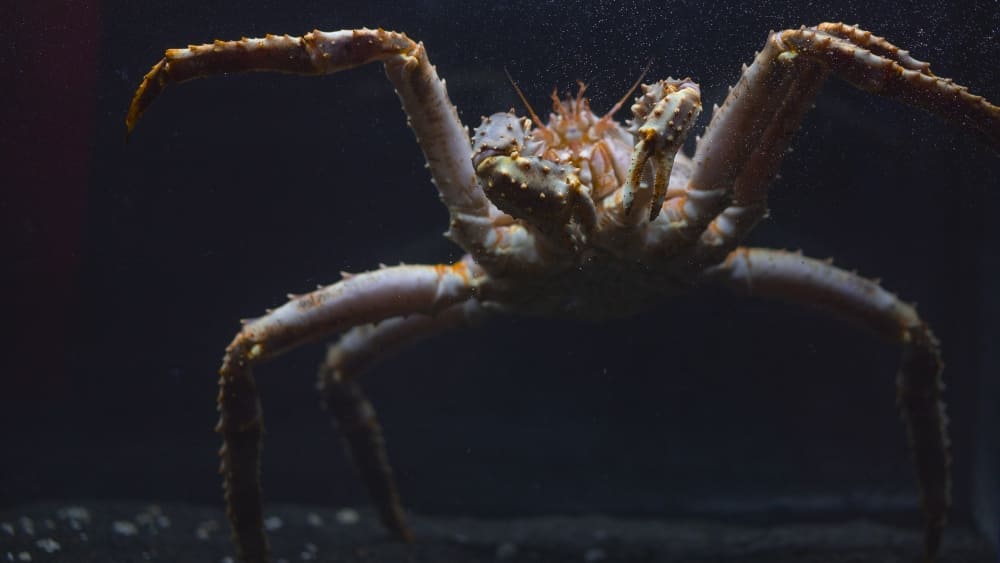
The cultured water is enriched with products of metabolism of aquatic animals, which constitute an excellent natural fertilizer for the cultivation of algae, reducing the need for water changes in the animal system, and therefore water consumption in accordance with the idea of the Blue Economy and the Circular Economy.



